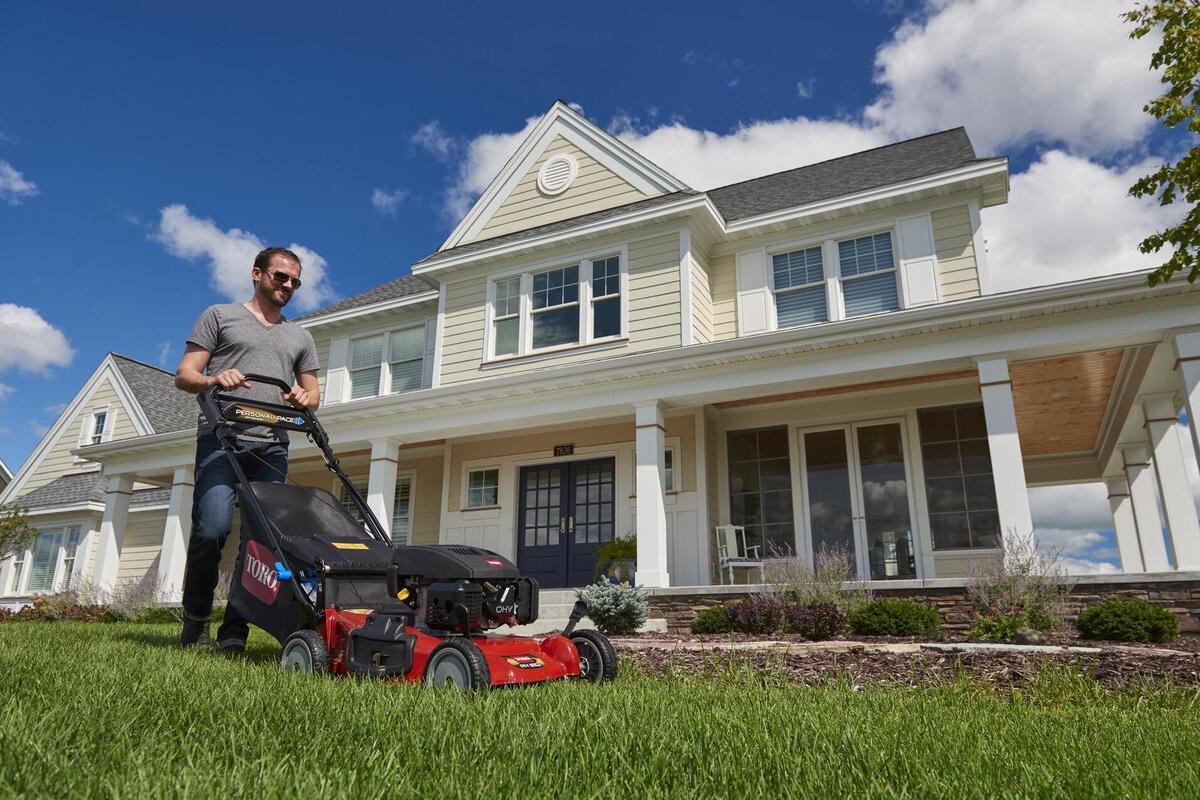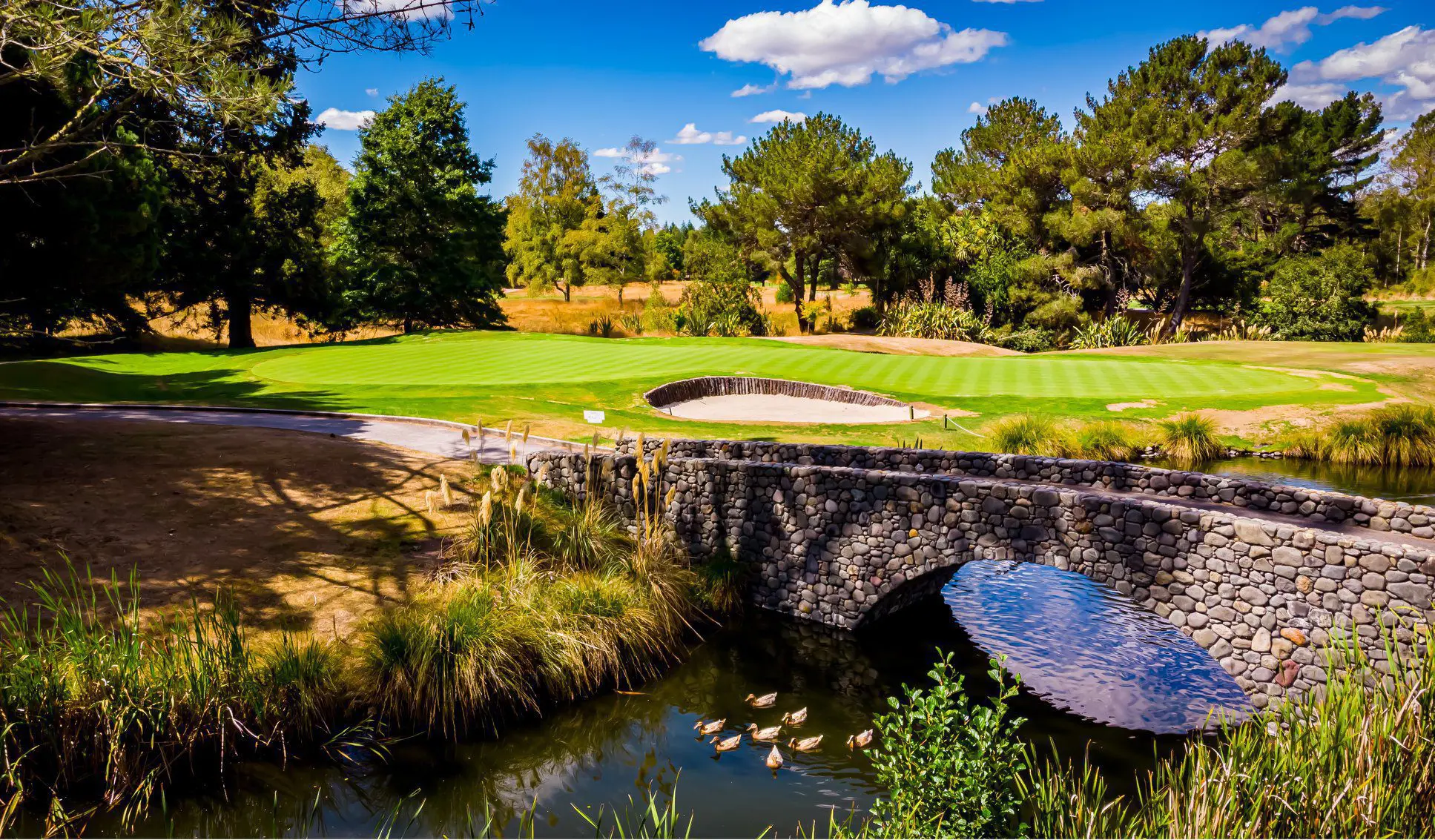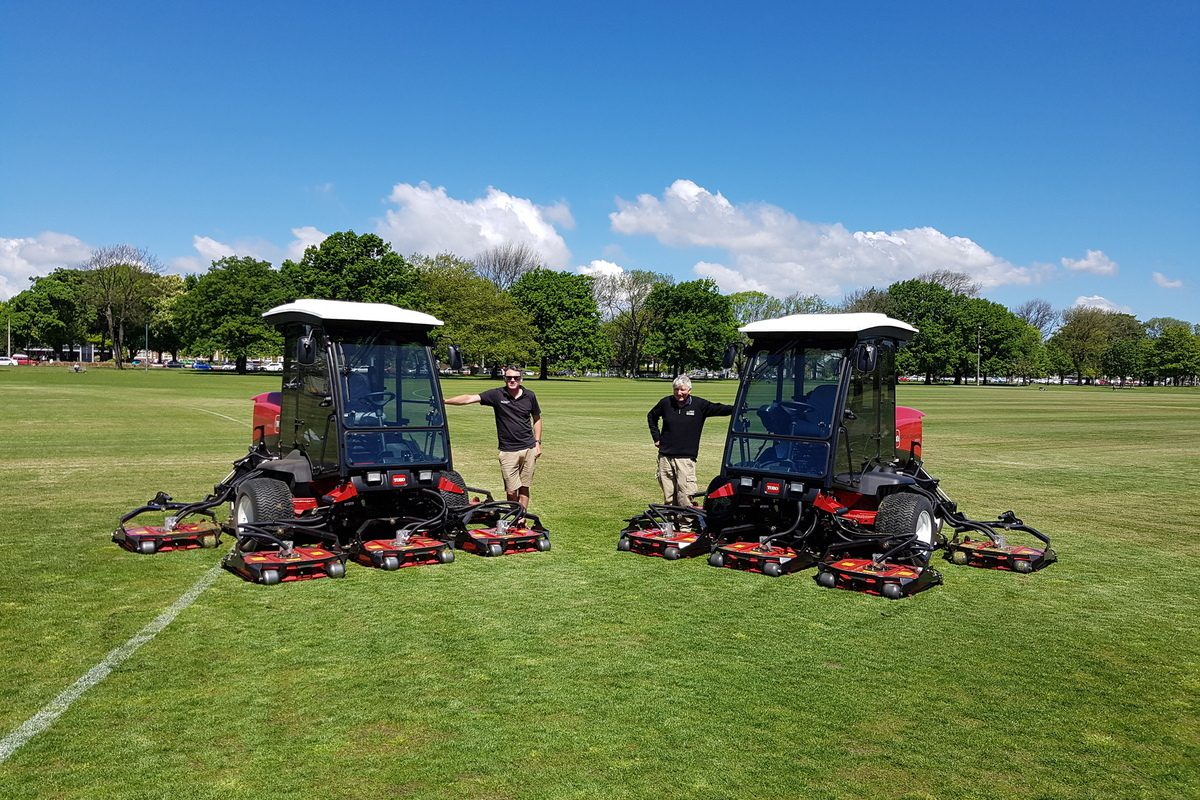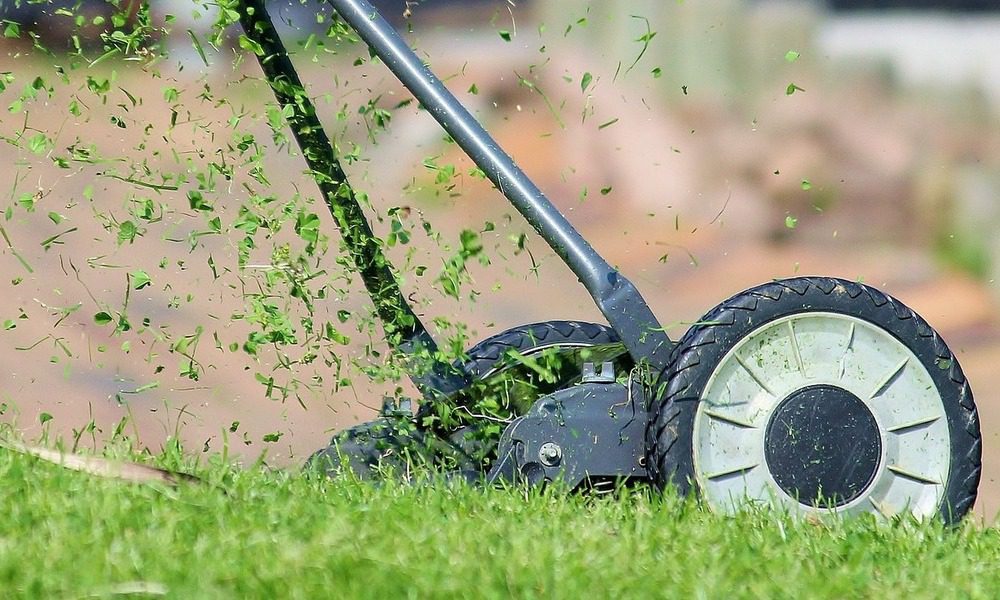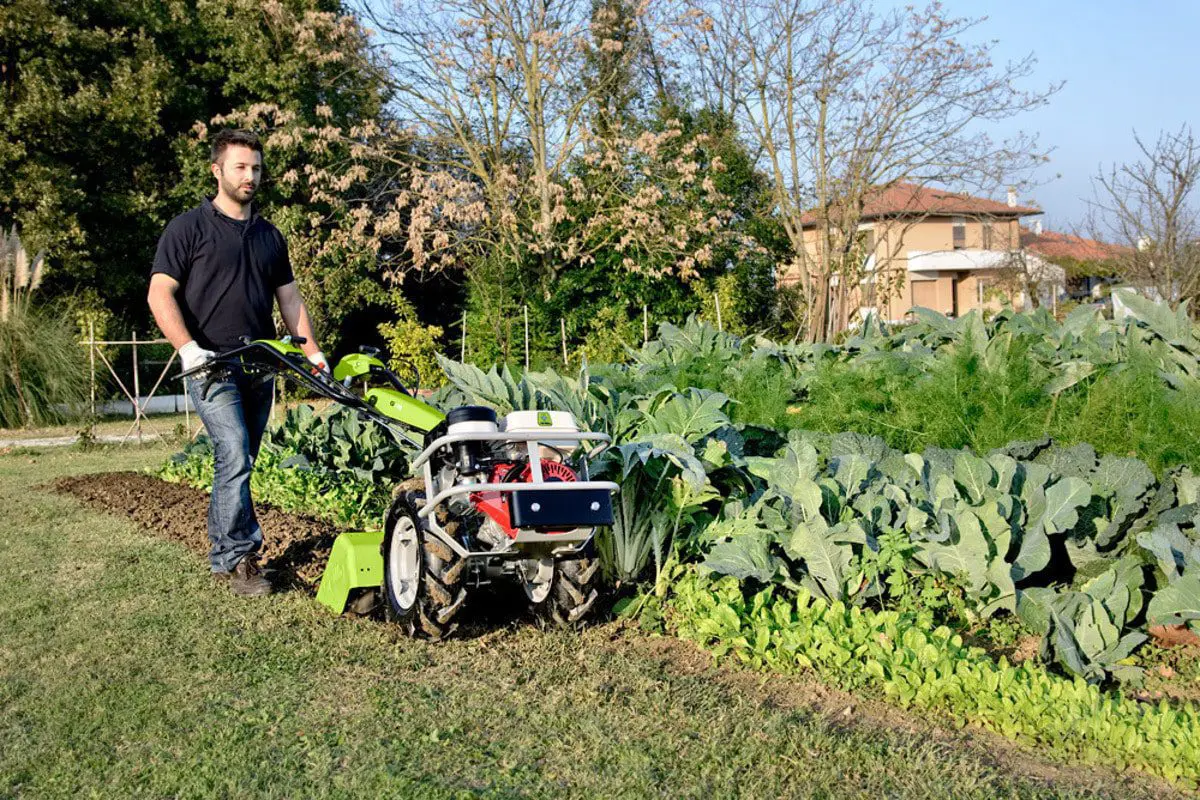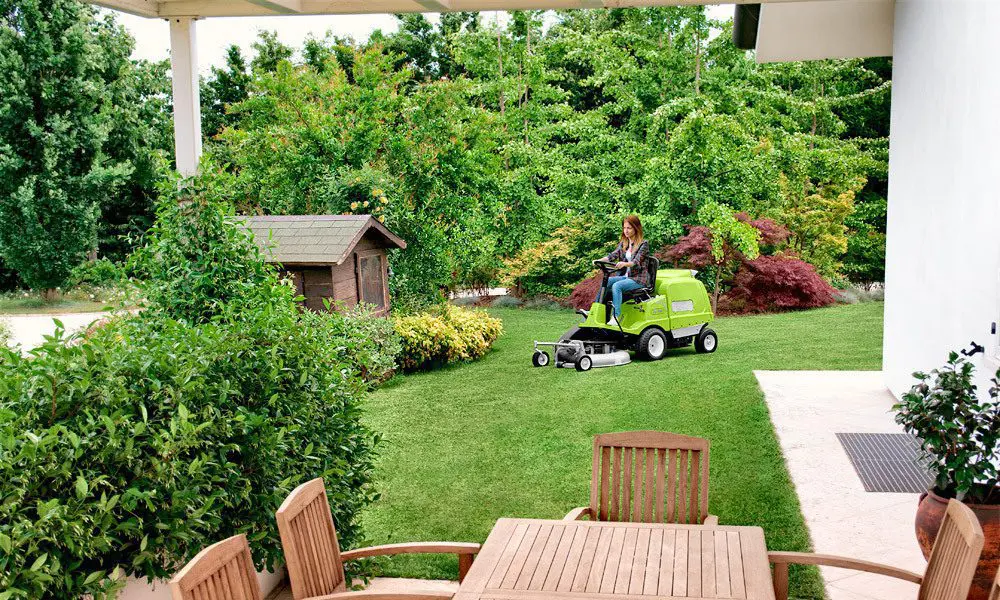Autumn is upon us… to Aerate or not aerate?
Is Aeration Important?
Aeration is an important process for maintaining healthy lawns because it helps to reduce soil compaction and increase oxygen flow to the roots of the grass. Soil compaction occurs when the soil particles are pressed together, leaving little space for air, water, and nutrients to move freely through the soil. This can lead to a shallow root system, which makes the grass more susceptible to stress and disease.
Aeration involves perforating the soil with small holes, which allows air, water, and nutrients to penetrate deep into the soil and reach the roots of the grass. This process also helps to break up compacted soil, allowing the roots to grow deeper and stronger. As a result, the grass is better able to absorb water and nutrients, which leads to a healthier and more vibrant lawn.
Aeration is particularly important in areas where the soil is heavily trafficked, such as on sports fields or in high-traffic areas of a yard. It is also beneficial for lawns that are prone to thatch buildup, as it can help to break up and remove the layer of dead grass that accumulates on the surface of the soil.
Should I aerate during Autumn?
Autumn can be a good time to aerate lawns, depending on the climate and growing conditions in your area. Here are some factors to consider:
- Soil moisture: Aerating when the soil is moist but not overly wet is ideal, as it will make it easier for the aerator to penetrate the soil and remove cores. In many areas, autumn is a good time to aerate because the soil is still warm from the summer months, but there is more rainfall to keep it moist.
- Grass growth: Aeration can help promote healthy grass growth, but you don’t want to do it during a time when the grass is actively growing or going dormant. Autumn is a good time because many grass types are still actively growing but are not growing as quickly as they do in the spring and summer.
- Timing: It’s important to aerate your lawn at the right time, so you don’t damage the grass or disrupt its growth. Generally, it’s best to aerate in the early autumn, so the grass has time to recover before the winter months.
Overall, if you live in an area with mild autumn weather and adequate rainfall, then it can be a good time to aerate your lawn. However, if you live in an area with harsh winter conditions, it may be better to aerate in the spring or early summer when the grass is actively growing.
Aeration Equipment
The type of equipment you use for this task will depend on the size and the specific needs of your lawns.
It’s important to choose the right type of equipment for your specific needs and to follow proper safety guidelines when using any type of aerator. You may also want to consult with a maintenance expert or agronomist for advice on the best aerating practices for your specific property.
Walk-behind aerators are designed to be easy to operate and maneuver, with adjustable depth controls and a variety of tine options to suit different types of soil and grass.
Ride-on aerators are ideal for larger areas, such as golf courses and sports fields. These machines feature wide cutting widths and powerful engines to help you cover a lot of ground quickly. They also have adjustable depth controls and multiple tine options to suit different soil types and grasses.
Here are some options for equipment you might use:
- TORO ProCore 648 Aerator
- Unique design puts the wheels in front of the aeration head so that you can make pass after pass without running over cores or freshly aerated turf. This prevents damage to the turf and the fresh holes, and makes cleanup easier.
- Consistently round holes are achieved by the elastomer RotaLink™ geometry that ensures tines remain vertical as they enter and exit the ground.
- The individually floating turf holders prevent turf lift when the tines exit the ground to maintain a true and level surface.
- 48″ (122cm) aeration swath.
- TORO ProCore 864 Aerator
- Features the same ground-breaking technology from ProCore 648.
- 64 inch (162.6 cm) aeration swath.
- Oversized gear box for robust operation.
- TORO ProCore 1298 Aerator
- Can aerate up to 2.3 acres per hour with a 248.9 cm coring width and dual coring heads that articulate to follow undulations in the ground.
- Three-point mount and PTO drive enables easy setup and operation.
- TORO ProCore SR75 Deep Tine Corer
- 75″ (190 cm) aeration swath.
- Multiple positions available to adjust the soil fracturing movement of the tines.
- Many coring and solid tines available to cover a wide variety of cultivation practices.
- Ventrac Aera-vator
- Designed to stir and loosen the soil beneath the sod without destroying the turf.
- Creates a core hole without bringing a core plug to the surface, leaving the turf ready for use immediately after treatment.
- Nine holes are created each foot (97 holes per square meter) and hole size is regulated by drive speed– the slower the drive speed, the larger the hole.
- Ventrac Aerator
- Can be configured for coring, slicing or fracturing. The tines are replaced either individually or by quickly changing the entire mounting heads.
Overall, regular aeration can help to promote healthy root growth, reduce the risk of stress and disease, and improve the overall appearance and vitality of a lawn.


